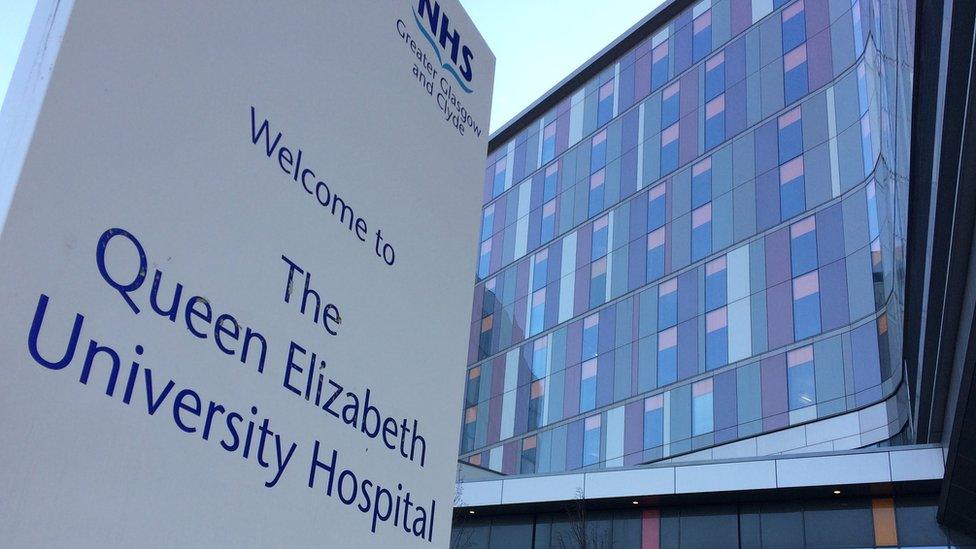Glasgow hospital report says failures 'did not cause avoidable deaths'
- Published
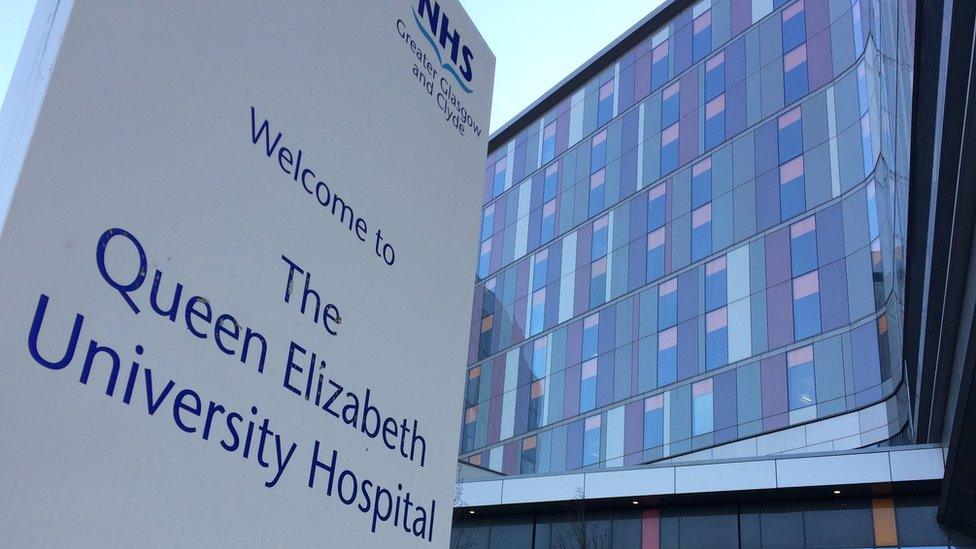
Several rare microbiological contaminants with the potential to cause serious infections were identified
A report has said there were a "series of problems" with the design and build of a Glasgow hospital campus - but no clear evidence to link those failures to any "avoidable deaths".
The Queen Elizabeth University Hospital opened in 2015, but fears were raised after deaths were linked to infections.
An independent review concluded that some patients had been "exposed to risk that could have been lower", external.
However, it found no "sound" evidence that there had been "avoidable" deaths.
And the review team said the hospital campus now "has in place the modern safety features and systems that we would expect".
A public inquiry is also to be held into issues at the Glasgow hospital and the long-delayed Royal Hospital for Children and Young People in Edinburgh, which has the same building contractor.
Glasgow's £842m Queen Elizabeth University Hospital has had issues with rare microbiological contaminants since opening, linked to issues with water quality and ventilation systems.
Two people who died at the hospital were found to have contracted Cryptococcus fungal infection which can be linked to pigeon droppings.
The 10-year-old boy and 73-year-old woman died at the Govan hospital campus, which is also home to the Royal Hospital for Children (RHC), in January 2019.
A third death, involving a 63-year-old patient who contracted the fungal infection Mucor, was also investigated but no link was found.
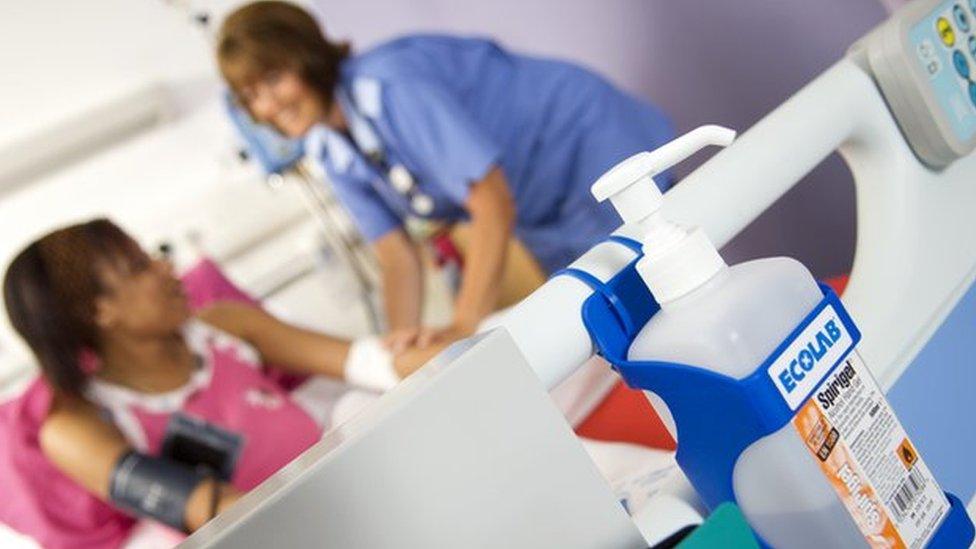
Ministers commissioned an independent review to establish whether the design, construction or maintenance of the hospital was having an "adverse impact on the risk" of infection.
Dr Brian Montgomery and Dr Andrew Fraser wrote in their report that there had been a "series of problems" with the project.
They said: "Undoubtedly and with hindsight the health board, groups within it and the design and build contractor could have reached different decisions and produced results that would have reduced infection risk."
They said some patients had been "exposed to risk that could have been lower if the correct design, build and commissioning had taken place", and that certain elements of the design and build of the facility "posed challenges" for infection prevention and control.
However, they concluded that they had "not established a sound evidential basis for asserting that avoidable deaths have resulted from failures in the design, build, commissioning or maintenance" of the campus.
The report said that while pigeon droppings were found near an air inlet in the hospital, the patients who were affected by Cryptococcus did not spend much time in areas supplied by that part of the system.
The authors said the presence of pigeons within the hospital was "not sufficient to establish a strong association or causative link" with the infections, and that the idea they were caused by "contaminated air" was "not a sound theory on its own".
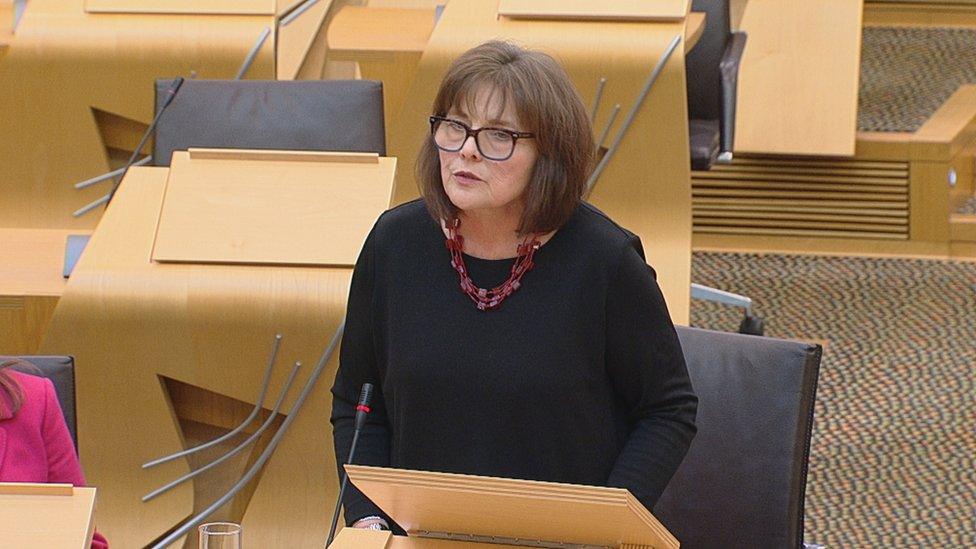
Jeane Freeman said patients and families were entitled to seek answers
The report concluded that patients, staff and visitors can have confidence that the combined hospitals now have "modern safety features and systems" and offer "a setting for high quality healthcare".
However Health Secretary Jeane Freeman said patients and families would be "understandably concerned and distressed by some of the findings" of the review.
She said it was an important step in delivering answers to "the many questions they are entitled to ask".
"The report provides a wealth of information for the forthcoming public inquiry into the construction of the QEUH and the Royal Hospital for Children and Young People in Edinburgh," she said.
"I would like to thank the review team for their diligence in carrying out this report and the hospital staff for their focus on providing high quality care throughout this challenging time."
'Utterly damning'
Ms Freeman told MSPs that the inquiry, which will be led by Lord Brodie, was "on track to be formally launched in early August".
Scottish Conservative health spokesman Mile Briggs said the "explosive report" was an "utterly damning verdict on the SNP government which planned, commissioned and built this hospital".
He added: "It very clearly concludes that patients young and old with cancer - the same group from which people died - were placed at increased risk because of the building and design of the hospital.
"Patients and families want answers and the independent public inquiry which is to now proceed must be able to undertake that work and have full transparency and access to provide answers."
Labour MSP Anas Sarwar said there was "still a lot of work to do to uncover the full truth" about "the scale of the scandal and the catastrophic errors which took place".
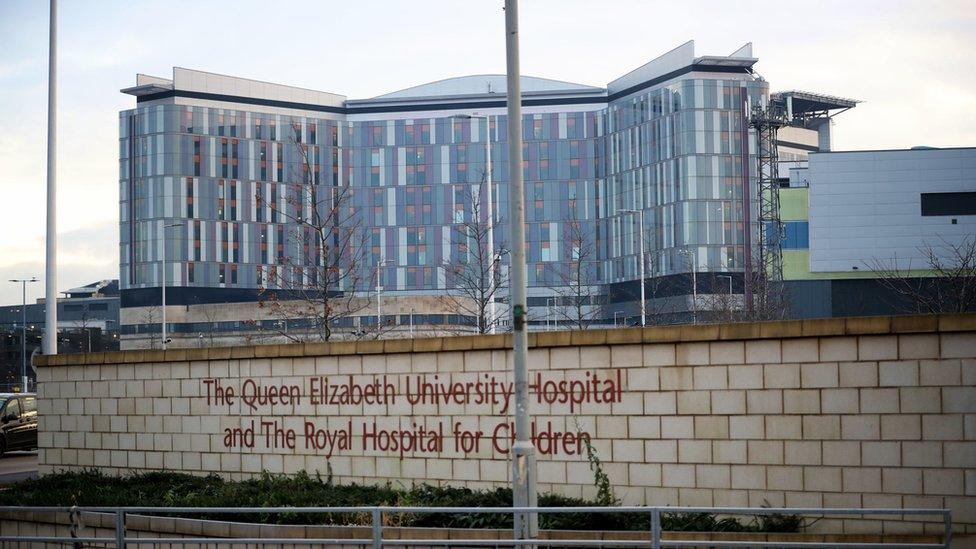
The £842m hospital opened in 2015
Drs Montgomery and Fraser said they had focused their review on "potentially vulnerable patients and their families and the clinical teams, management and facilities staff who support their care".
They said: "We judge that the hospital was not built, finished and handed over in a manner that took full account of their specific needs.
"Certain aspects of the design, build, commissioning and maintenance of the QEUH have posed challenges in creating the optimal conditions for infection prevention and control, and have increased the risk of healthcare associated infection."
They said the design of the hospital "did not effectively reconcile conflicting aims of energy efficiency and meeting guidance standards for air quality", and said there had been "difficulties" with the air and water systems due to "ambiguity" about guidance.
'Undermined by problems'
They said the project "would have benefitted from greater external expertise" in decision-making at key points, and that the level of independent scrutiny of the commissioning, design and build phases was "not sufficient".
And the doctors said the effectiveness of infection prevention and control was "undermined by problems within the leadership team" and internal relations within the health board's staff.
The report said the "series of problems" with the project had had a "multitude" of knock-on effects, including:
Eroding public confidence in the hospital's ability to protect them from healthcare hazards
Disrupting treatment for certain groups of patients and creating concern for their families
Creating "additional workload" for infection prevention and control teams
Diverting resources and attention away from running the "large and complex facility"
Undermining the reputation of the hospital.
The authors made a total of 63 recommendations for NHS Greater Glasgow and Clyde, the hospital and its staff and the Scottish government, saying that "lessons can be learned that will enhance confidence in future major projects".
And they said research should be carried out about air and water quality in clinical environments and the significance of "rare microorganisms" to inform planning in future.
- Published20 December 2019

- Published27 June 2019

- Published3 May 2019
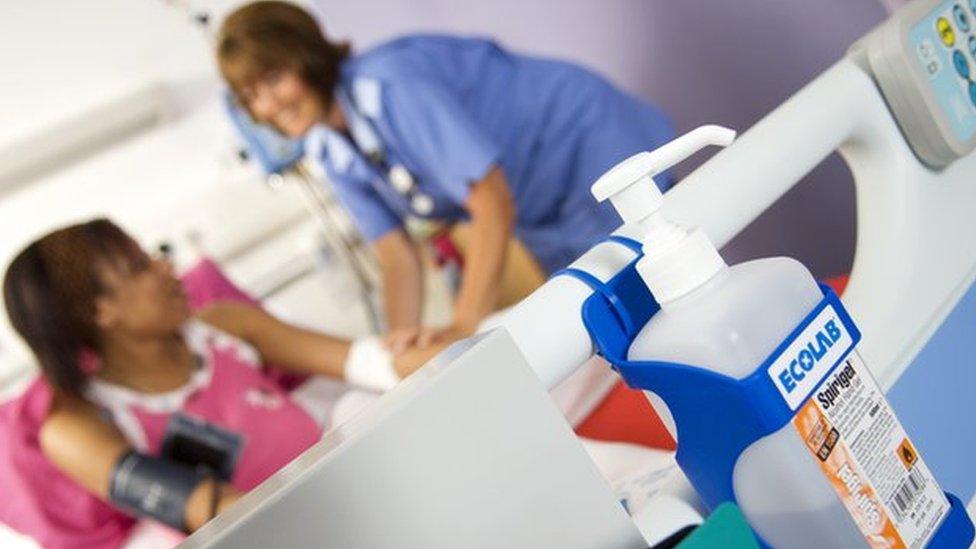
- Published2 May 2019
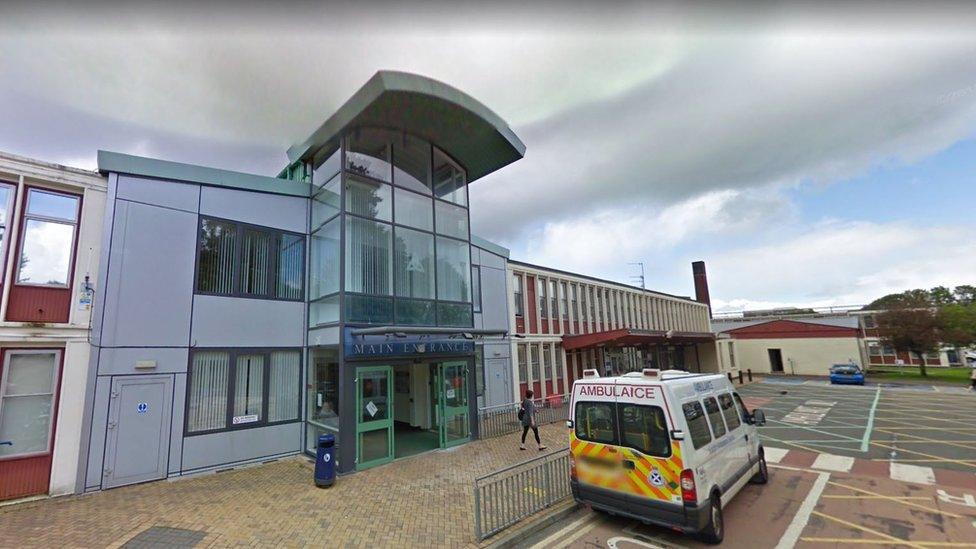
- Published19 March 2019
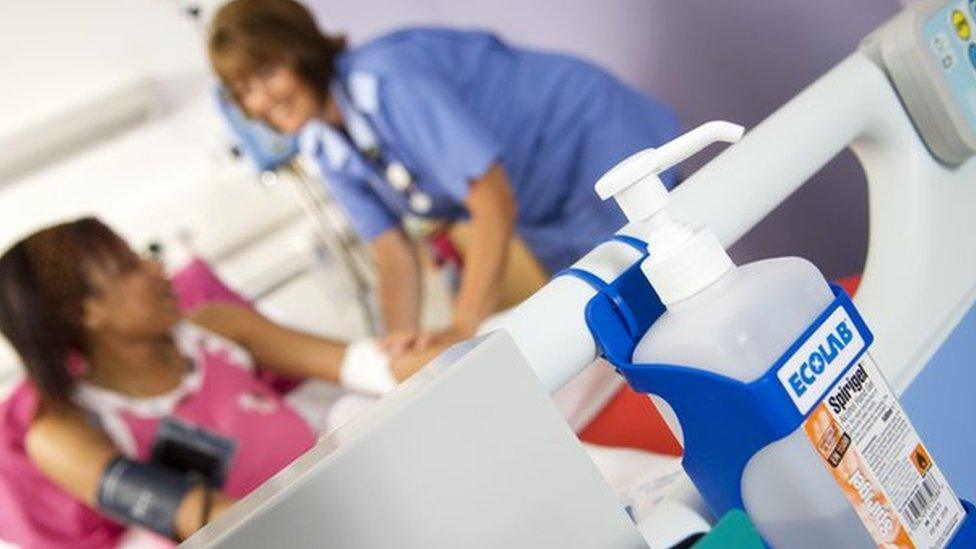
- Published14 March 2019

- Published22 February 2019

- Published19 January 2019
